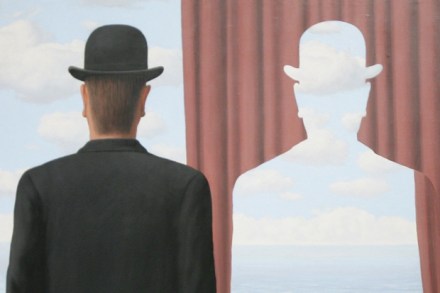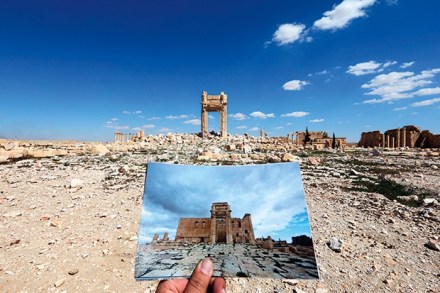The mysteries of colour
When Australia imposed generic packaging in its war on cigarettes, there was consumer research into the most deterrent colour. Pantone 448 was chosen, a sort of sludgy green-brown. When it was described as ‘olive’, Oz’s federation of olive growers formally complained. Certainly, colours move us. Interior designers know that yellow makes people angry, while in




















